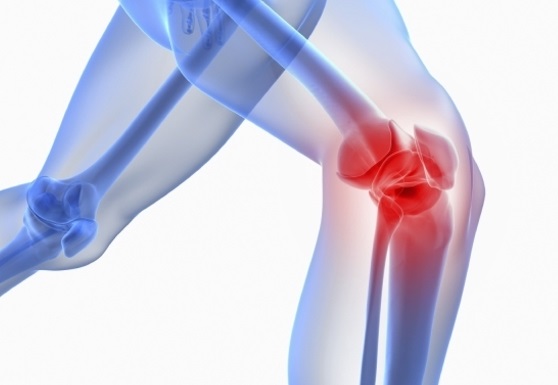
What is a Meniscus lesion?
Meniscal lesions are among the most common knee disorders encountered by the practicing orthopaedic surgeon, knee meniscus is a fibrocartilage that separates thigh bone from your shin bone in the knee joint there are two unique half-moon-shaped or kidney shape pieces of cartilage called menisci that lie firmly on the shin bone. The main function of the meniscus is to act as a load distributor when we walk or run and jump. The amount of force increases exponentially as the speed of movement increases from walking to running to jumping. Your meniscus helps to disperse the compressive forces over the entire knee rather than isolating them.
How do meniscus injuries occur?
There are two main types of meniscal injuries:
It is difficult to diagnose whether a meniscus injury has occurred unless the knee is locked after the incident. Swelling may occur, but not always. Even the most classical symptoms may fail to appear at first.
Normally one has a locked knee that cannot be straightened, the knee can suddenly lock on twisting and then unlock with an audible click, means you may experience clicking, popping, or locking of the knee.
Other symptom is pain and swelling of the knee a few hours after the injury has occured. Cartilage injury will normally produce symptoms of pain, swelling, clicking, sometimes locking and sometimes sensations of instability.
There is no standard treatment of meniscus lesions.
Meniscus lesions which are minor can be usually treated with a combination of rest, anti-inflammatory drugs and physical therapy instead of surgery.
Larger meniscus tears require surgery and every effort will be made to preserve the torn cartilage using meniscal repair techniques.
Physical therapy treatment for a Knee Meniscus Tear
Generally a small meniscus tear, or a tear in the red zone patients are treated by a physical therapy programme or rehab, normally non weight bearing for six weeks during which time the new plug or scab of healing cartilage forms and matures.
Physical therapy treatment is normally successful in approximately 80 per cent of patients, but if it fails then the treatment can be repeated, or bigger surgery such as cartilage transplant surgery can be performed.
Your physiotherapy treatment will aim to:
At SOS PHYSIO your treatment in physical therapy is a coordinated effort between the patient, surgeon and physical or occupational therapist is required. We at SOS PHYSIO ensure that we give our patients the highest quality of care, effective treatment and a rapid rehabilitation program.
For more info- contact us.